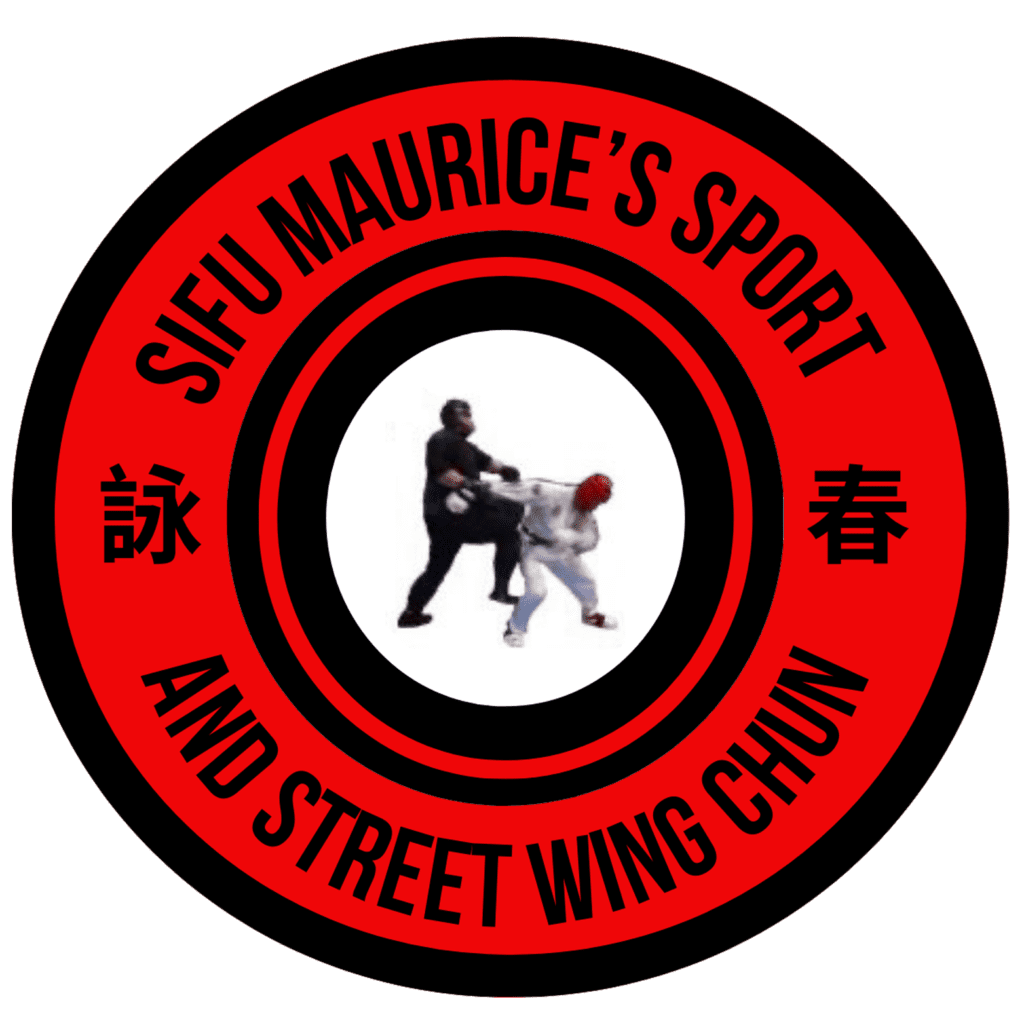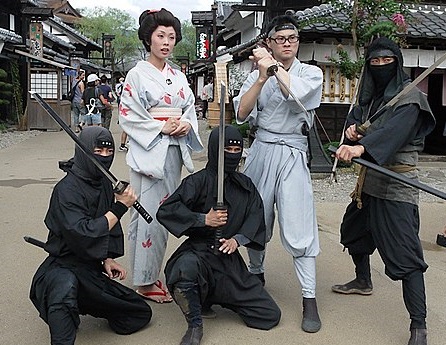What Fighting Style Do Assassins Use?
Unveiling the Secrets of Martial Arts in Assassination
By Maurice Novoa a master under the Yuen Kay Shan, Ip Man and Pan Nam lineages.
Introduction:
As an experienced martial arts instructor with over 30 years of experience, I’ve often been intrigued by the mysterious world of assassins and the fighting styles they employ. Throughout history, various martial arts have been used in covert operations, and in this article, we will explore two intriguing styles associated with assassination: Ninjutsu and Wing Chun. Let’s delve into the shadowy realms of these martial arts to uncover their connections to historical assassinations.
Ninjutsu – The Art of Stealth and Deception
Ninjutsu, the ancient Japanese art of the Ninja, is perhaps the most well-known style associated with assassination. Originating during Japan’s feudal era, Ninja were skilled spies, assassins, and infiltrators who operated covertly and were considered enemies of the Samurai. They were often hired to carry out killings of rival family clans and gather intelligence for their employers.
The Stealthy Martial Arts Techniques of the Ninja
One of the most remarkable aspects of Ninjutsu is its emphasis on stealth and deception. Ninja were masters of disguise, wearing black uniforms to blend into the darkness and masks to conceal their identities. Their attire allowed them to move silently and undetected, making them deadly opponents in the shadows.
Preferred Weapons for Efficient Assassinations
The Ninja preferred a variety of weapons for their missions, selecting tools that allowed for swift and efficient kills. Shurikens (throwing stars), kunai (throwing knives), and kusarigama (chain sickles) were some of the weapons commonly used by Ninja. These tools, combined with their expertise in stealth, made the Ninja formidable assassins.
Wing Chun – The Surprising Connection to Assassination
While Ninjutsu is the more widely known style associated with assassinations, there exists another, lesser-known connection: Wing Chun, a Chinese martial art. Wing Chun was developed by the Red Boat Opera performers, and its techniques have been linked to dealing with bodyguards of their intended victims.
The Origins of Wing Chun in Red Boat Opera
 The Red Boat Opera was a traveling performance group in China that served as a cover for the Red Boat Society, a secret society involved in anti-government activities. Some members of the Red Boat Opera were skilled in martial arts, including the art of Wing Chun.
The Red Boat Opera was a traveling performance group in China that served as a cover for the Red Boat Society, a secret society involved in anti-government activities. Some members of the Red Boat Opera were skilled in martial arts, including the art of Wing Chun.
Wing Chun’s Use of Chi Sao in Assassination
Chi Sao, also known as “sticky hands,” is a fundamental training method in Wing Chun. It involves close-range sensitivity drills that teach practitioners to feel and respond to an opponent’s movements. It is said that these techniques were adapted by the Red Boat Opera performers to deal with bodyguards who attempted to seize them during their covert operations.
The Disguise of Red Boat Opera
The Red Boat Opera performers used their cover as traveling entertainers to hide their true identities and activities. This disguise allowed them to move freely and carry out their missions without arousing suspicion. Their expertise in Wing Chun provided them with the skills to overcome any obstacles they encountered.
Conclusion:
In the secretive world of assassinations, two martial arts styles have stood out as intriguing connections to covert operations: Ninjutsu and Wing Chun. Ninjutsu, employed by the legendary Ninja of feudal Japan, focused on stealth, deception, and efficient killing. On the other hand, the lesser-known connection of Wing Chun to the Red Boat Opera performers sheds light on the use of Chi Sao techniques to deal with bodyguards in covert operations.
While the history of assassinations is shrouded in mystery and intrigue, it is essential to remember that martial arts are not inherently intended for harmful purposes. Instead, they are rich traditions that encompass diverse disciplines, including self-defense, personal development, and spiritual growth. By exploring the connections between martial arts and the world of covert operations, we gain a deeper understanding of the art’s historical significance and the diverse ways it has influenced human history.

